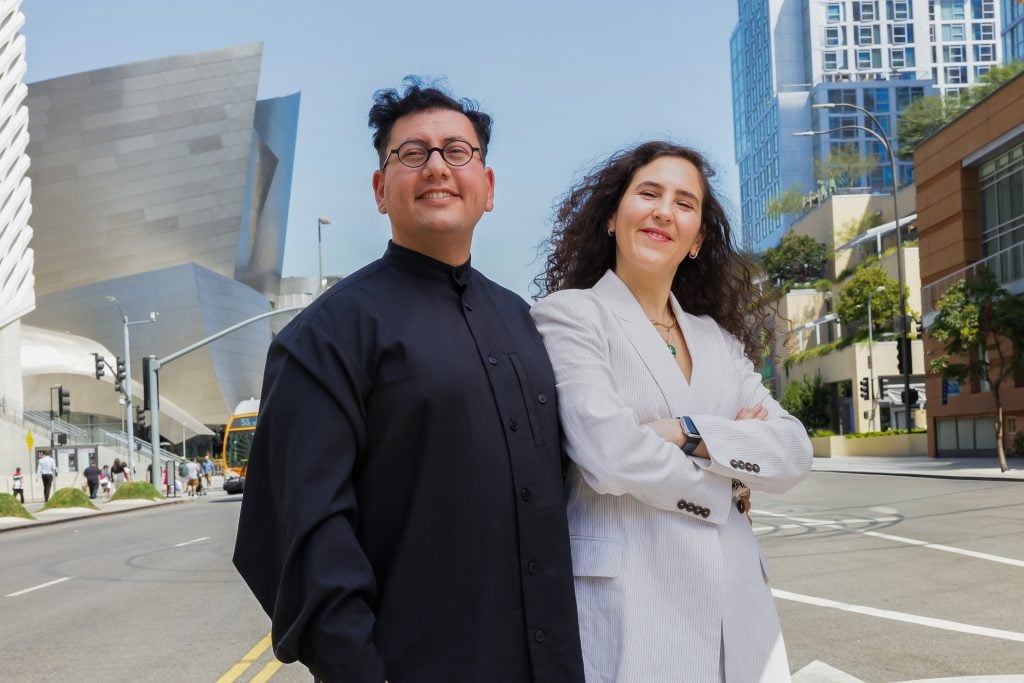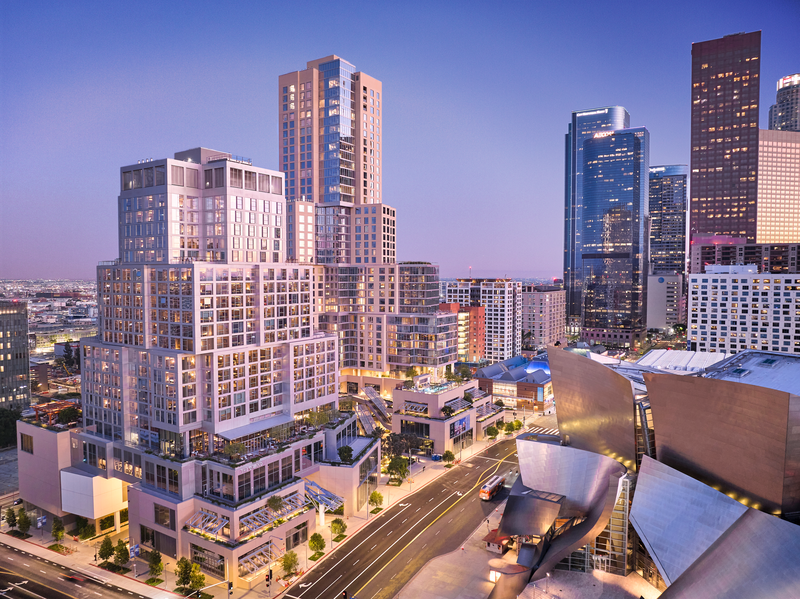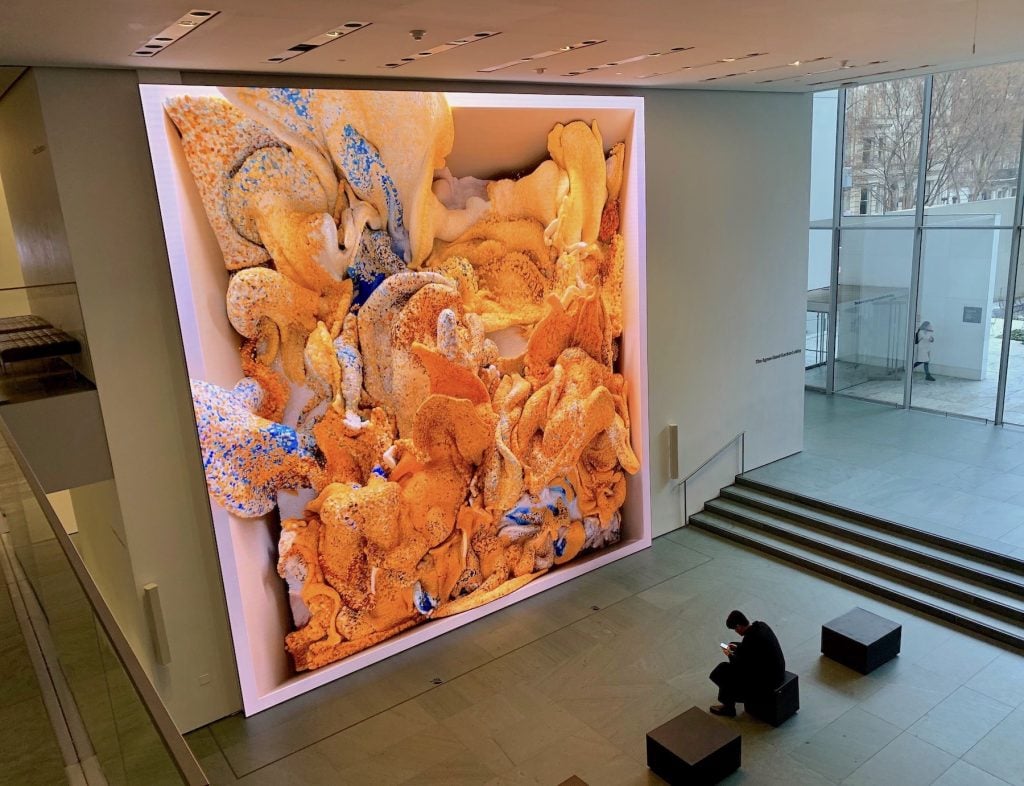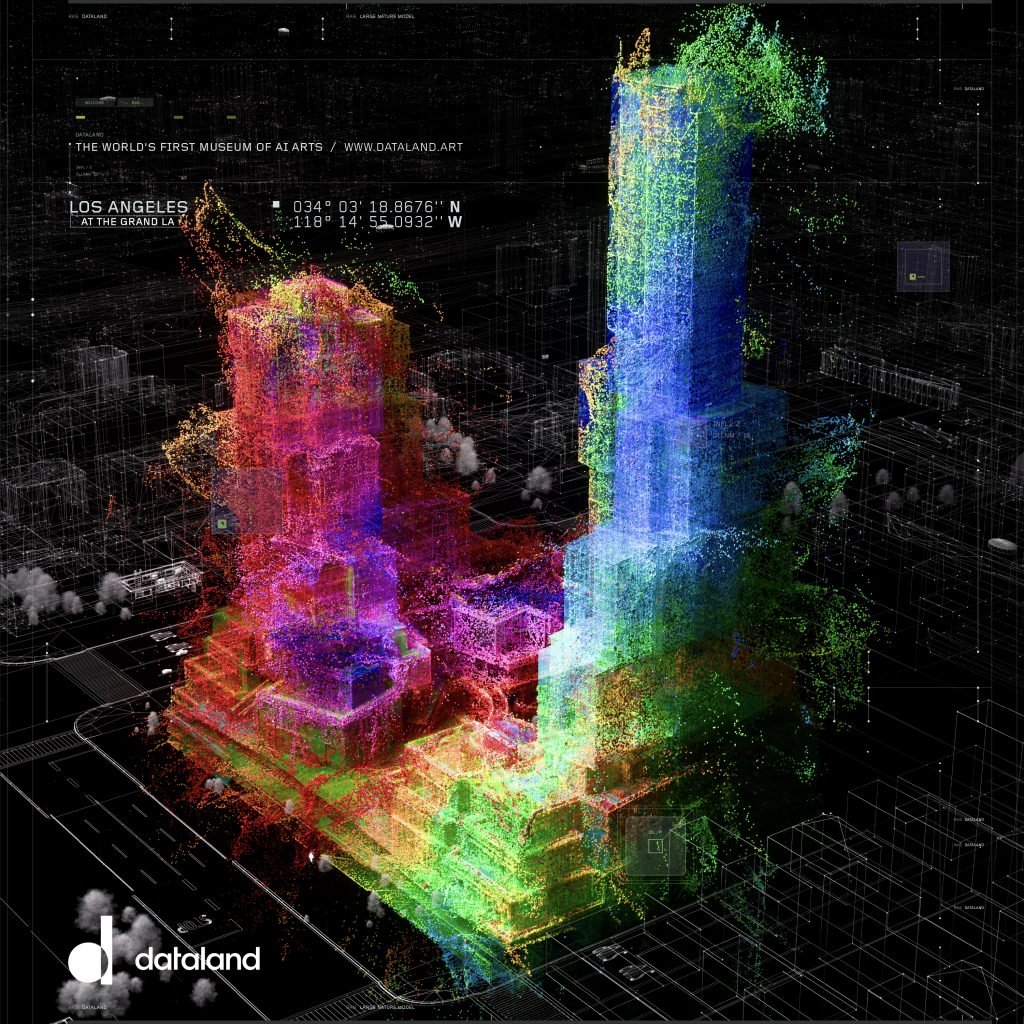Museums & Institutions
Digital Art Star Refik Anadol Is Opening the World’s First A.I. Museum
Dataland is slated to open in Los Angeles in 2025.

Refik Anadol, the artist whose hypnotic visualizations of data have made him a star of the digital art scene, is launching the world’s first artificial intelligence (A.I.) art museum.
Dataland, which is scheduled to open in Los Angeles in 2025, will provide a permanent home for the type of A.I. works that arts institutions have been commissioning from Anadol for much of the past decade. While the position of digital art within the wider ecosystem remains in flux, the arrival of Dataland reaffirms Anadol’s considerable cachet and the appeal of his particular brand of algorithmic art.
The museum will be housed inside the Grand L.A., a Frank Gehry–designed mixed-use development that includes a luxury hotel, apartments, and entertainment facilities. Dataland joins a growing cultural corridor in Downtown Los Angeles that includes the Museum of Contemporary Art, the Broad, the group of Music Center venues, and the Walt Disney Hall performing arts center, onto whose surface Anadol cast shapeshifting videos using dozens of 50K projectors in 2018.

The Grand LA will be the home of Anadol’s Dataland. Photo: Dataland.
Dataland also sees Anadol further cement his relationship with Los Angeles. Born in Turkey, Anadol moved to the city in 2012 to study design media arts at the University of California Los Angeles (UCLA), the same program in which he has taught for the past 10 years. In 2014, he founded Refik Anadol Studio with his partner Efsun Erkiliç and together the pair have pioneered a new type of art that creates spectacle out of gargantuan datasets.
The Walt Disney Hall projections, for instance, visualized 40,000 hours of recordings by the Los Angeles Philharmonic, and Anadol has applied a similar formula to images of space captured from the International Space Station as well as data on flora and fauna from the world’s rainforests.

“Refik Anadol: Unsupervised” at the Museum of Modern Art. Photo by Ben Davis.
Anadol’s art world breakthrough came at New York’s Museum of Modern Art in 2022 with Unsupervised, which generated—or “hallucinated,” to use Anadol’s vocabulary—imagery based on the museum’s collection of 138,000 artworks. It arrived at a moment of surging public interest in A.I. (with the arrival of programs such as Chat GPT, DALL-E, etc.) and became the first generative A.I. artwork to enter MoMA’s collection. (While extremely popular, it did not meet with quite universal approval: Artnet critic Ben Davis likened it to “an extremely intelligent lava lamp.”)
The 20,000-square-foot museum will be designed by architecture firm Gensler along with Arup, a sustainable development consultancy. Powering A.I. is energy intensive, but Anadol says Dataland is partnering with Google to find energy sources other than fossil fuels.

A.I. interpretation of a building rendering by Refik Anadol’s studio. Photograph: Dataland
The first exhibitions at Dataland will be created through Large Nature Model, an open-source tool that pulls in data collected by institutions such as the Smithsonian Institution and London’s Natural History Museum. As a private museum, shows will be ticketed with additional revenue possibly drawn through the sale of digital artworks, an avenue where Anadol has found success in the past.
“L.A. has long been a city that looks to the future in art, music, cinema, architecture and it feels natural to open DATALAND here,” Anadol said in press materials. “To have a permanent space for us to develop a new paradigm of what a museum can be, by fusing human imagination with machine intelligence and the most advanced technologies available, is a realization of one of my biggest dreams.”





